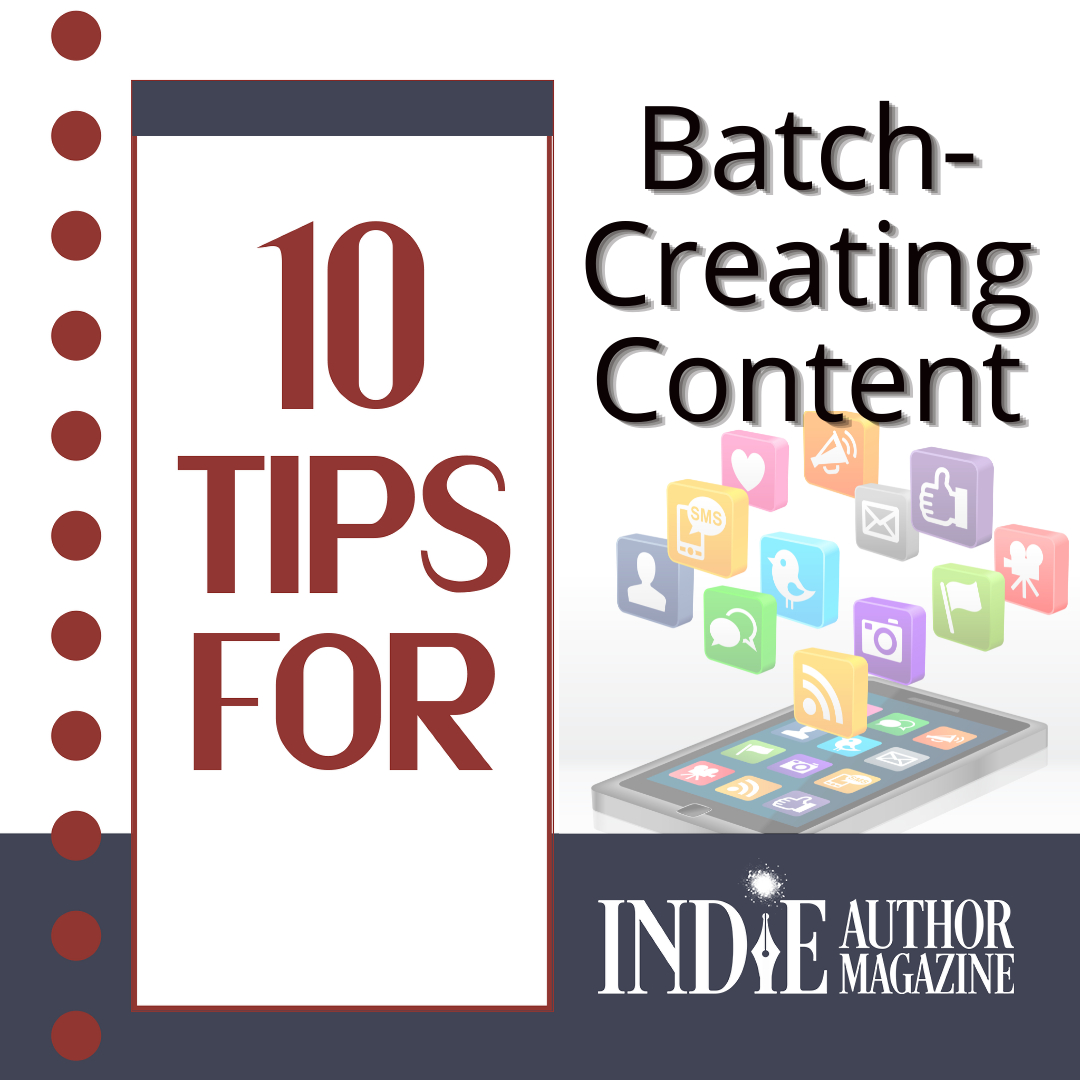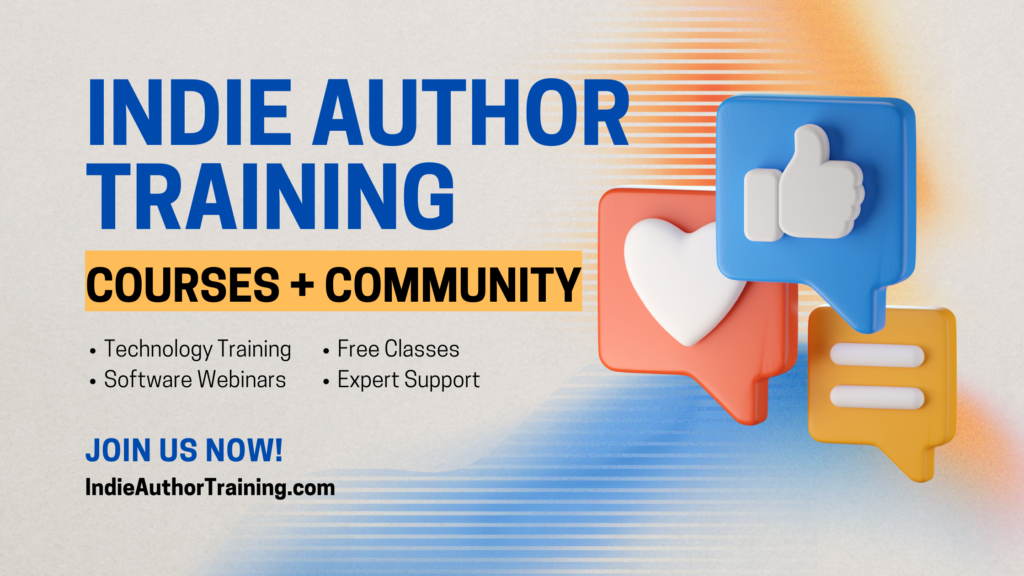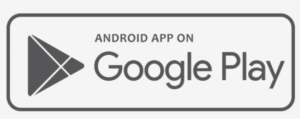Content creation for social media can be fun and engaging, but it can also be time consuming and tedious. Batching content creation—focusing on one step in the creation process for several projects at once rather than finishing one project before moving to the next—reduces task switching and saves you time and brain power as you create. Each batching session can result in many pieces of content, which you can then schedule over a longer period. With the right process, you could get an entire year of content ready to go.
How? Read on for IAM’s top tips for creating social content in batches and saving yourself time and effort in the long term.
- Identify your ideal reader.
As you build your social media, imagine your books’ perfect reader and the traits or characteristics they may have. Not all your readers will fit this exact ideal reader demographic, but the better you can tailor your content to a specific group or subset of people, the more likely you are to find your audience and the people who will read, buy, and love your work. Think in broad categories, such as age range, but also consider other books and fandoms they will likely enjoy, and pull from those.
- Create ‘buckets’ to sort your social posts.
Choose a couple of main content categories to direct the content you’re going to create. What are your brand values? What has been popular in the past, and what is currently trending? What would your ideal reader like to see? Helping to solve a problem or giving people something to relate to will make followers more likely to interact with your content. Focus on broad umbrella categories, like a love of books. This might also be your genre or a smaller subset of your genre. Choose three or four big buckets that fit your brand, that you have an interest in, and that are something that will interest your ideal reader. Finding and analyzing comparable authors can help you narrow your focus here as well, since your readers will likely overlap.
- Narrow your focus further.
Break the larger umbrella categories down until you get a couple of subcategories in each. This is one way to get ideas for an entire year at once—if you end up with a couple of smaller buckets for each of your larger ones, you could have twelve in total, which works out to one focus idea for each month. This keeps your content fresh and helps you stay on target. Under the more general books bucket, some options are offering tips for managing or lamenting the infamous TBR (To Be Read) list, page flips with synopses and/or tropes for your books, and a series of photos or character art that flash on the screen to music. Trending sounds relating to books are another option, but hopping on the trend in time might mean scheduling within a shorter time frame.
- Generate prompt ideas.
Start brainstorming specific posts related to each of your smaller buckets—ideally about thirty for each, if your account is planning a post once a day. Here’s where internet searches and AI can be helpful. Prompting something like, “List 30 questions for Fantasy book readers” will get you started. Questions are good to get engagement from your viewers, and paying attention to what is trending can help you create the kinds of posts the social media algorithm is more likely to promote. You want to mix it up so the content doesn’t feel repetitive, but you also don’t need to have each day be wildly different.
Pro Tip: Only a small percentage of your followers are likely to be shown your content on social media sites, so you can recycle some key posts, especially those that generated a big response.
- Keep your work organized with spreadsheets.
Put your content into a spreadsheet to make uploading easier. Canva Pro, for example, allows bulk uploads from a spreadsheet. You could generate several prompts at once, put them into a spreadsheet, and then, using the “Bulk Create” tab, get your prompts into usable content based on templates you’ve set up beforehand. You can keep a running list of hashtags in a spreadsheet or a list of the best quotes or hooks from your books. Spreadsheets can also be used as a scheduling calendar, including dates and scheduling for different social media accounts.
- Stay on theme.
Come up with a theme and build some templates to use while you’re working in your graphic design software. This can keep your author brand consistent and help your readers recognize it, and if it’s a meme or something shareable, putting your own name on it can help get eyes back on the original content even if it gets shared without attribution. Plus, having something that is branded and ready to go will help you create more content on the fly.
- Build a B-roll library.
You don’t have to film new footage for each short video you create. Of course, if you are doing something with prompts or dances, you might need to break out the camera, but for other posts, find some simple posing ideas and record those. For example, standing along the side of the frame against a plain wall while looking to the side, where you can add text in post-production, can be used in many ways. If you analyze other creators, you will see that this less active content is put in with the more labor-intensive content to mix it up. Batch-filming also might mean a shirt change or coming up with a new background, or perhaps using the same background as a theme in videos and looking in different areas or using simple movements. With the right editing and text, these simple photos and videos can be repurposed for new content.
- Spend time in the social media space where you want to work.
If you interact with other authors, especially similar and popular authors, as well as book-related influencers and readers, you can see what’s current in the zeitgeist and pick up on trends to add to your ideas list. You can also respond to your comments and interact with other accounts to show interest and make new connections.
Pro Tip: While you are scrolling, don’t forget to use the “save” feature. This is where you can find sounds you want to use, save videos you want to share, or mark an example of a trend you can redo with your own twist. Let your fellow creators inspire you!
- Add the final touches.
Once you have everything filmed or your prompts generated, it’s time to go into post-production. This part can be time consuming; however, batching it will help you get through more than doing one at a time would. This is when you can reuse those longer poses you just filmed and make several with different wording. Your hashtag spreadsheet will enable you to copy and paste the best hashtags for your content. A spreadsheet with quotes, hooks, tropes, and memorable scenes from each book can help you figure the best text to include. Add in music or sounds, and don’t forget trending sounds, if you can post quickly enough to jump on those trends. Post-production is also when you focus on transitions and the smaller details—but remember, progress over perfection.
- Schedule your content.
Some platforms have a built-in planner or scheduler, but there are several apps and software that will allow you to do this ahead of time and use their more specialized features, like auto-scheduling based on when your audience is most active or scheduling your content several months ahead in one sitting. Then you have more time to scroll and interact with your followers—or even get your words written for the day.
Jennifer Green






